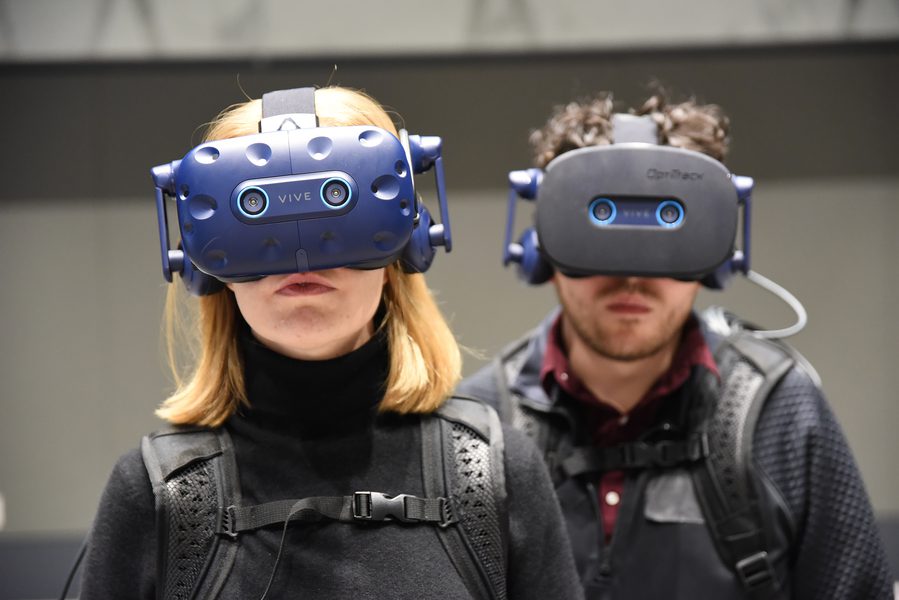Game developers aspiring to create immersive virtual reality games need to master certain tools and techniques. They need to create a virtual world and ensure players can interact with it seamlessly, whether through controllers, keyboards or motion sensors. They can create a sense of presence using techniques such as 3D audio, realistic environments and haptic feedback that create a touch sensation. Finally, game developers need to optimize the game for VR to ensure it runs smoothly, for example by reducing the number of polygons or draw distance. Such tools and techniques can take virtual reality games to the next level, truly immersing players in a virtual world.
Introduction
The world of virtual reality has been gaining popularity for some time now, and with the advancing technology, more and more game developers are trying to create games that immerse the players completely in the virtual world. Creating such a game is not an easy feat, and it requires a lot of tools and techniques to ensure that the players have a seamless experience. In this article, we will be discussing some of the necessary tools and techniques that game developers should master to create games that are immersive and exciting for the players.
Creating a Virtual World
The first step to creating an immersive virtual reality game is to create a virtual world that players can interact with. Game developers can use various tools to create such a world, with Unity and Unreal Engine being the most popular ones. Both of these engines allow developers to create virtual worlds from scratch, with various objects and assets that can be interacted with. Unity, in particular, is suitable for beginners, and it has a vast community of developers who provide support and share resources.
Interacting with the Virtual World
Once the virtual world is created, game developers need to ensure that players can interact with it seamlessly. They can use controllers, keyboards, or even motion sensors to allow players to move around, pick up objects or interact with the environment. It is essential to ensure that the interaction feels natural and not forced, and the players can move around in the virtual world as they do in the real world.
Creating a Sense of Presence
One of the primary goals of creating a virtual reality game is to create a sense of presence that makes the players feel like they are inside the virtual world. Game developers can achieve this by using various techniques such as 3D audio, realistic environments, and even haptic feedback. 3D audio allows developers to create sounds that feel like they are coming from different directions, giving players an immersive experience. Realistic environments, on the other hand, make players feel like they are in a real place, and haptic feedback creates a sense of touch that makes everything feel more real.
Optimizing the Game for VR
Creating a virtual reality game is not the same as creating a regular game. Game developers need to ensure that the game is optimized for VR, which means that it should run smoothly on the hardware used. If the game lags or stutters, it can break the immersion, making the experience less enjoyable. Game developers can optimize the game by reducing the number of polygons, reducing the draw distance, or even using LOD (Level of Detail) to ensure that the game runs smoothly.
Conclusion
Creating a virtual reality game that is immersive and exciting requires a lot of tools and techniques. By using the right tools and techniques, game developers can create a virtual world that feels natural and allows players to interact with it seamlessly. Furthermore, creating a sense of presence and optimizing the game for VR can enhance the players’ experience, making the game even more enjoyable. With these tools and techniques in place, game developers can take their virtual reality games to the next level, creating games that truly immerse the players in a virtual world.
